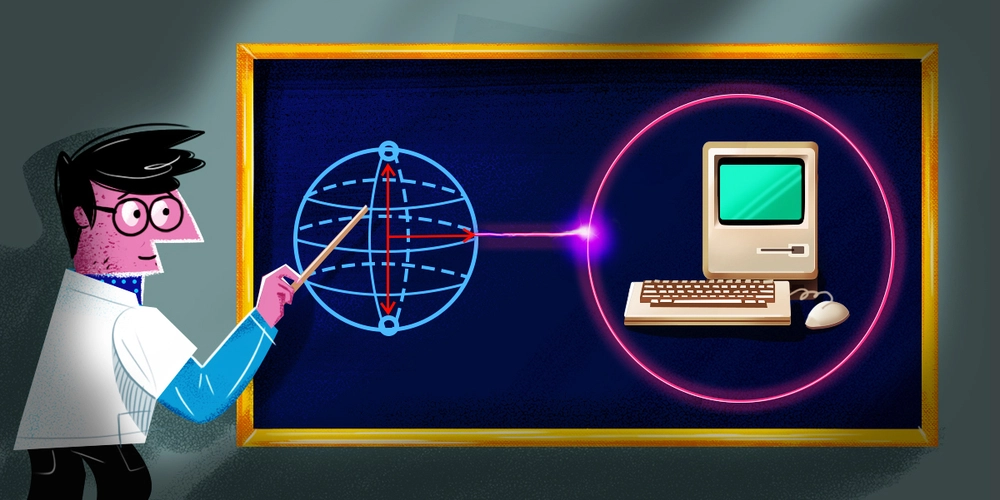We often talk about security in abstract terms: policies, controls, trust boundaries, zero trust.
But what if we thought about networks the way we think about physics?
What if data was energy, and security architecture was the grid that channels, transforms, and protects it?
This shift in perspective might not just be a metaphor — it might be a blueprint for designing the next generation of secure, resilient systems.
Data as Energy
Data flows like electricity. It moves through channels, gets transformed, stored, consumed, and sometimes wasted.
- Packets = electrons
- Bandwidth = current
- Latency = resistance
- Storage = capacitors
- Caches = batteries
- Firewalls = resistors
- Authentication gateways = transformers
- Leaks = well… leaks
Once you start mapping it this way, the similarities are hard to ignore.
What the Grid Teaches Us
Energy systems are built for reliability. They have:
- Redundancy (multiple paths for current if one fails)
- Monitoring (smart meters, load balancers)
- Transformers to step up or step down energy for safe consumption
- Circuit breakers to prevent overload and cascading failure
Doesn’t that sound like how we should be thinking about Zero Trust, segmentation, and resilience in networks?
Security as Physics in Practice
If we extend the metaphor, we get new ways to think about cloud and enterprise security:
- Overload → DDoS attacks. Solution: circuit breakers at the edge.
- Energy theft → data exfiltration. Solution: telemetry, leakage detection, encryption.
- Voltage step-down → API gateways translating between systems securely.
- Grid resilience → multi-cloud and hybrid redundancy, preventing single points of failure.
Instead of “add another firewall,” think: how does the grid stay stable when demand spikes or attackers try to overload it?
Why This Matters
Security has always borrowed from metaphors — castles, moats, fortresses, vaults.
But castles don’t scale to global, cloud-native systems.
The energy grid, on the other hand, is one of the most complex and resilient distributed systems humanity has ever built. And it runs on principles of physics that might inspire how we secure the next generation of networks.
What if we stopped thinking about security as walls and started thinking about it as physics?
Data isn’t static. It flows. It transforms. It leaks. It surges.
And maybe the best way to secure it isn’t to build higher walls, but to engineer smarter grids.
The future of cloud security could be less about moats and more about currents.



